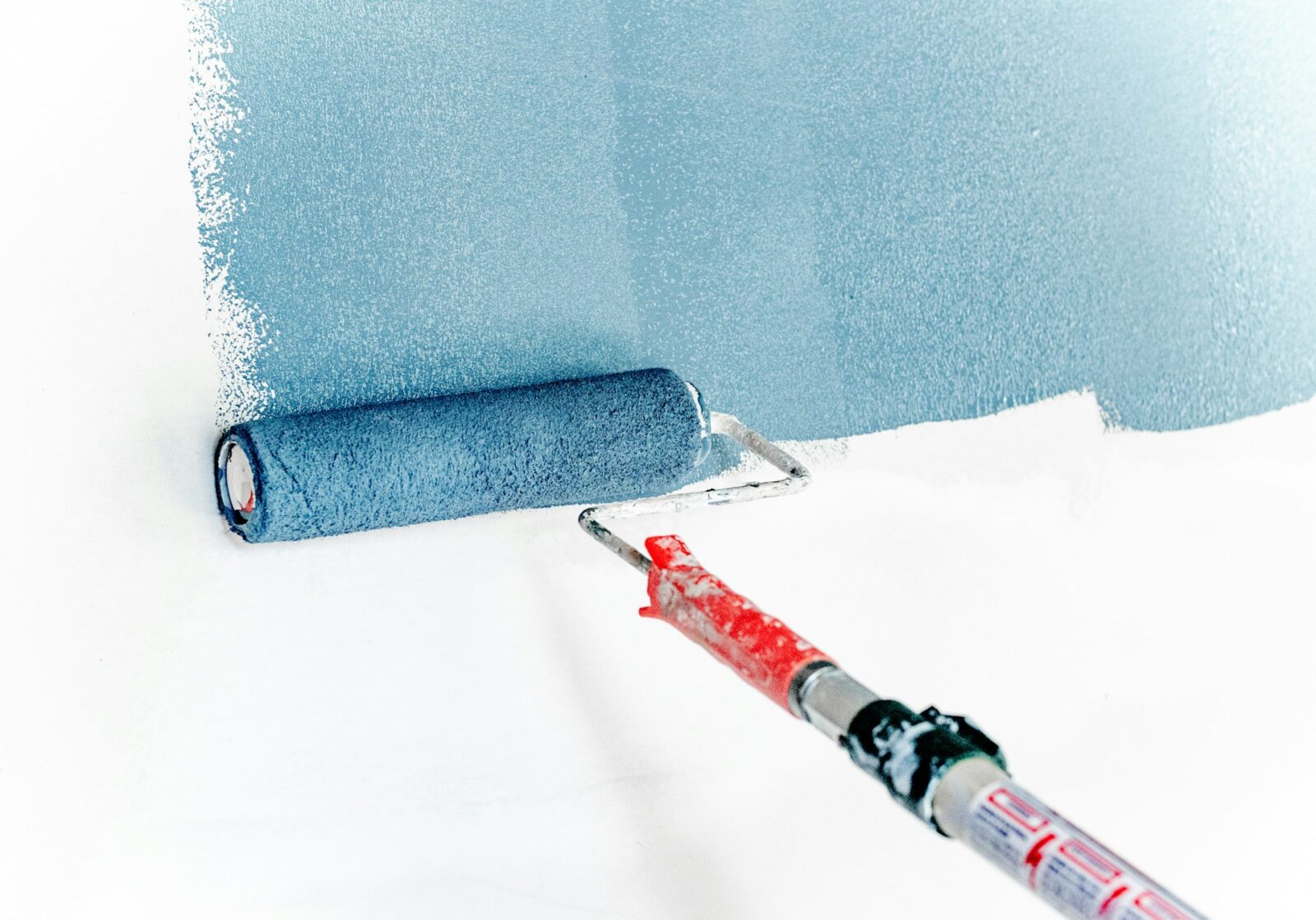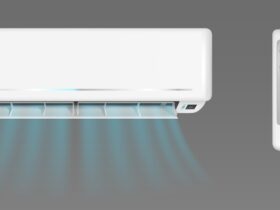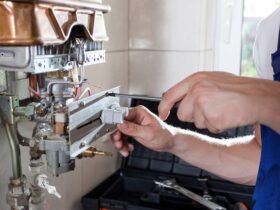Busy doesn’t have to mean bare walls, sticky doors, and a never-ending “someday” list. With a few focused habits and wise choices, you can transform high-traffic spaces quickly, safely, and affordably. Whether you’re freshening up a nursery or tightening up the family entryway, simple wins add up fast. And when a project tips from DIY into “this needs a pro,” it helps to know where to learn about credentials and licensing like AtHomePrep so you can make confident decisions.
Plan Like a Pro in 20 Minutes
Begin with a walk-through in the busiest time of day at your home and note everything that always irritates you. These little fixable friction points are the sticky cabinet, the dim hallway, the scuffed baseboards, and they are energy suckers. Focusing on what you can see in real-time, the most will help you avoid spending hours on low-impact work and will ensure that you remain focused on the changes you will be able to feel daily.
Assign one outcome to every room to prevent scope creep. A hall may have a result of being “bright and safe” as opposed to being “redesigned altogether.” That wording will assist you in selecting a brighter bulb and a motion sensor instead of going on a complete electrical renovation or buying spree that is not required.
Low-Cost, High-Impact Updates to Surfaces
The most effective budget refresh you can give anything is paint, and it pays to paint trim and doors, which frame every room. Beat-up baseboards and door casings can be brought back to life in an hour with one quart of durable, scrubbable paint. Have a small angled brush, painter’s tape, and pre-cut wipeable drop cloths in a tote so you can do a section as dinner is simmering.
Lighting alters the mood of your house at all times, and renters can do lots of the improvements. Replacing the darker, warm-temperature bulb with a lighter, neutral-temperature bulb in work areas can reduce shadows that leave rooms looking fatigued. A room can be brightened without knocking a hole in the wall through the use of plug-in wall lamps, easy-to-recharge LED puck lights under cabinets, and a lamp that can be relocated to a corner of low use.
Stylish Kid-Proofing That Actually Lasts
When there are small climbers in the house, anchoring furniture is a must, and it can be done in a stylish way. Low-profile anti-tip kits are hidden behind dressers and bookcases, and felt pads under feet assist in settling down the entire piece. With an explorer who likes to push chairs to reach, you might want to put a magnetic latch on the inside of the cabinet that holds the step stools.
You can make the soft edges appear deliberate by using the right material. These silicone corner bumpers are clear, matte, and wood-tone finishes that are compatible with most tables. When the edges of long coffee tables are thin, a narrow, sticky protector that matches the finish of the work is well-adapted instead of provisional, as long as you cut off the ends and press the corners with a hot cloth to give a clean joint.
Weekend Micro Projects with Super Payoff
Refreshing the entry in the afternoon will make the beginning of school mornings calmer. A low bench that stores items, a rail on the wall with heavy hooks, and a shoe tray provide everything a place of its own. Include a mirror to reflect light and a washable mat to keep dirt from scattering in your living room.
Address the bathroom that appears to be almost always clean, by refreshing the elements that are the quickest to age. Recaulking a tub or sink, upgrading to a modern, water-efficient shower head, and replacing a broken toilet seat, all bump the room up the baseline. Apply with mildew-resistant caulk and keep a fan running or a window open during the project and afterwards to aid in its curing.
Smart Sourcing Can Stretch Your Budget–and Know Your Limits
Rent or borrow equipment that you will use only once, rather than purchasing. Tool libraries are common in many communities, and day rentals are available in some hardware stores to rent specialty equipment such as power sanders or tile cutters. Having a small stash of an essentials kit at home, painter’s tape, stud finder, utility knife, and a multi-bit screwdriver, handles most of those last-minute repairs.
Test drive and shop intentionally. Get swatches of curtains and removable wallpaper, and paint two sample squares in various corners to get an idea of the color in morning and evening light. When changing things, look for washable and modular items so you can update a look by changing covers rather than the whole thing later.
Conclusion
Mini updates, made regularly, are better than big changes, which are done infrequently and are tiresome, especially in a busy family. Focusing on paints and finishes that have the greatest impact, layering in child-proofing that is safe and stylish, and planning micro-projects over the weekend will keep you moving without burning through your bank account. Combine those habits with intelligent sourcing and a sense of when it is time to call a licensed pro, and your home will feel fresher, safer, and more functional week after week on your time and within your budget.







